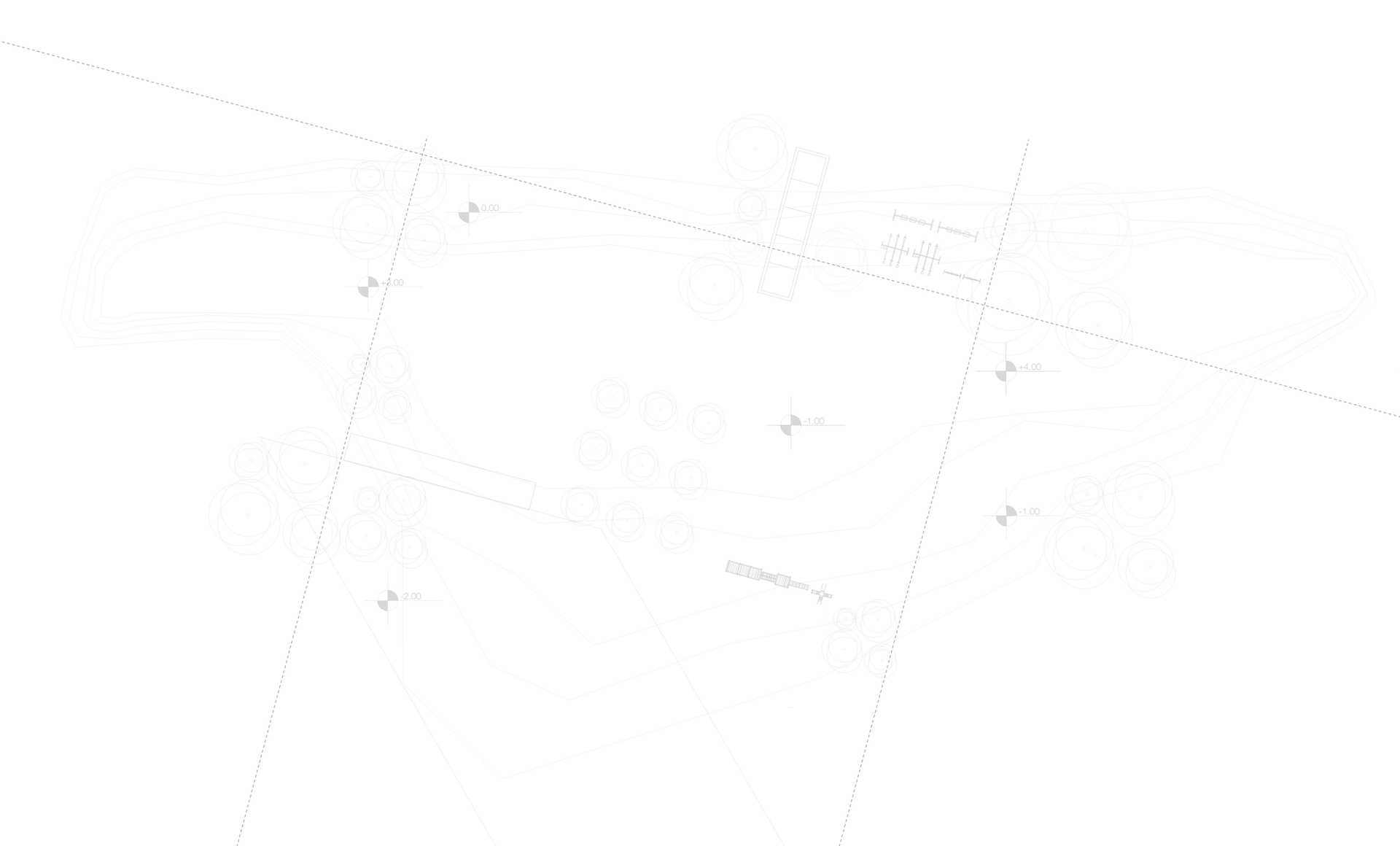top of page

PROCESS AND LEARNINGS FROM STUDIO 'THE PRACTICE'
Where did the ideology come from?
Previous work
A reflection on the work and experiences from the previous semesters helped in realizing the concern for environment conscious design.
Internship- Abari
Semester 6
Research
Research and readings to understand the various approaches of green architecture.
Book

Understanding the advantages of various approaches of environmental conscious design and realising the most important concern for me.
The practice- type and scale of the practice?
I see architecture as a service based profession rather than business or art driven. The practice aims to achieve passive low energy designs in response to the environment and user comfort. It would be a medium sized firm with 10-15 employees.
Office structure?
The practice would be a combination of specialists and generalists where different teams handle different projects and independently of each other. The teams consist of both generalists and specialists who collectively work to achieve a common goal.
Role of ownership in practice?
The work is to be recognized in the firm's name rather than as an individual's. This is also because the goal of the practice is a larger goal of a better future rather than recognition. The idea is to spread the importance of environment conscious designs, hence the name PASSIVE paradigm.
How to convince client for passive low energy design?
Convincing the client to spend a little extra money initially could be a challenge. One way is to make them realize the goal behind it and how it will be beneficial to them and the environment in the long term. It is important for them to trust the intentions of the practice.
Clients can be made aware of the benefits of passive low-energy architecture through a site visit to an existing project so they feel the difference. Another way is to show them the effect of passive low-energy design on energy consumption through softwares like the Cove tool.
Learning from Readings?


The two readings were a part of the first half of the studio. 'Architecture Depends' by Jeremy Till and 'Architecture: The Story of Practice' by Dana Cuff talk about the various aspects of an architectural practice.
Dualities of Practice:
My stand on the dualities of practice based on the ideology

Key takeaways from office visits?

Mosaic of Specialists:
The firm has employes with specific software skills.
Collaborations:
Collaborating with other firms for projects.

Office Environment:
Involvement of everyone in design process, gives them voice in the design.
Environmental concern:
Resourse use approach.

Design process:
Conceptual design is make quickly and time is taken for design development.
Checking the drawing with highlighter before sending.

Ownership:
Giving authorship to everyone involved in the project.
Work Ethics:
Not push deadlines or show half drawings.

Approach:
Efficient design process with decision making approach.

Involvement:
DIscussing and taking suggestions from crafts- person before decisions.

Team:
Hiring someone with enough experience in the field.

Structure:
Teams work independantly like firm within a firm.
Takeaways from experiment exercise:


Ownership:
Complete control or lack of involvement in the process doesn't work very well. It is important that everyone has a say in the designs which can lead to a healthy discussion.
Collaboration:
Discussing the design at various stages of the process helped in thinking from multiple perspectives and led to more informed decisions.
Structure:
A pre-laid structure is important for everyone to be consistent and motivated. Setting up intermediate deadlines can maintain the rigor throughout the design process.
Time management:
The project finished within time but only picked up pace at the very end due to the deadline. A time management plan would help in future.
Hierarchy:
Even though the aim was to have a collaborative firm, it ended up as a hierarchical one. Due to a lack of clarity in the early stages of design, the hierarchy came in as a way to direct the design in a certain direction.
Design satisfaction:
None of the people were satisfied with the design outcome and denied ownership of the project. A common goal for the project would have made everyone more invested in it.
NOTE: Click below for design process followed in the projects and reflections on them.
bottom of page



